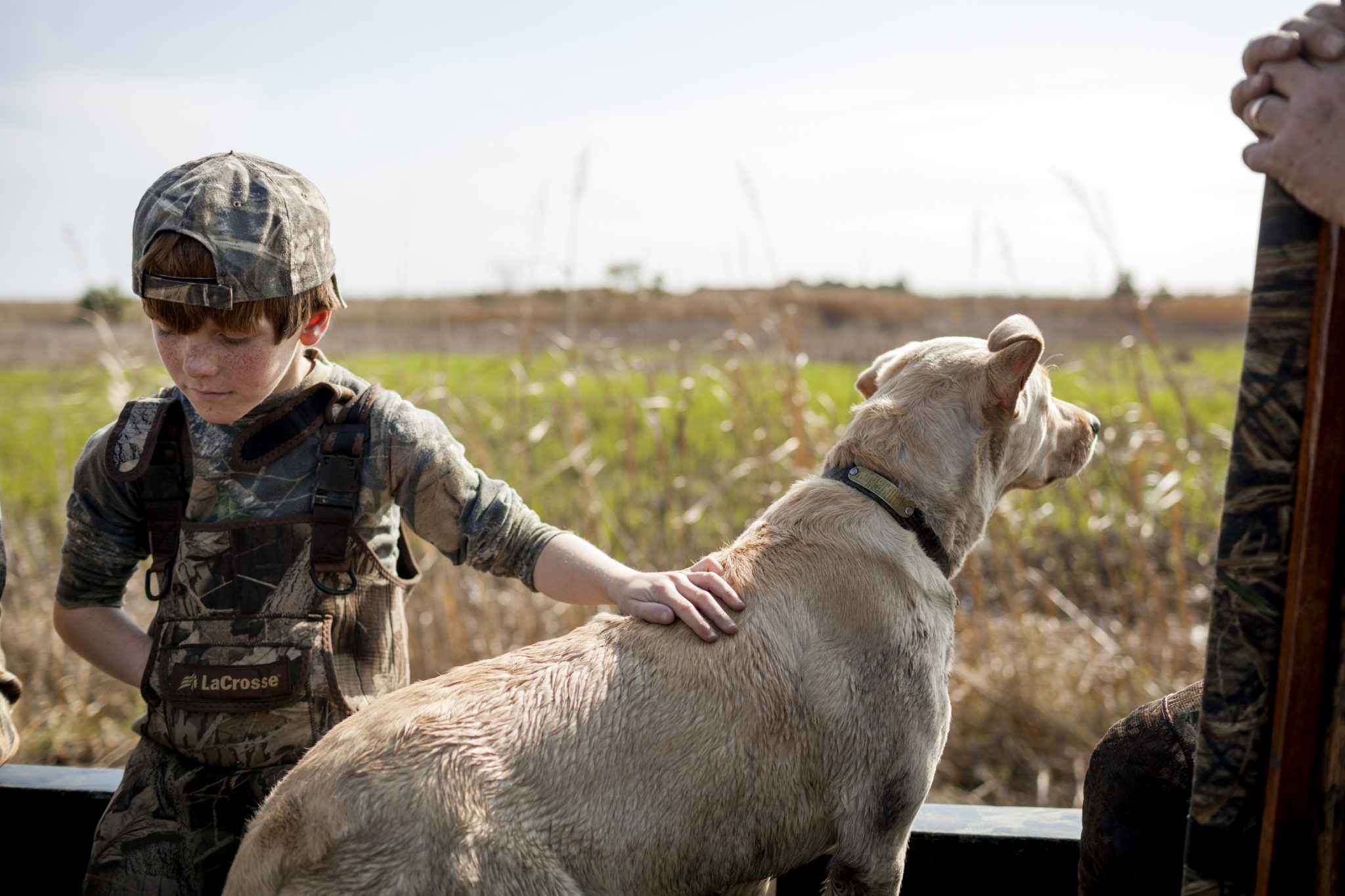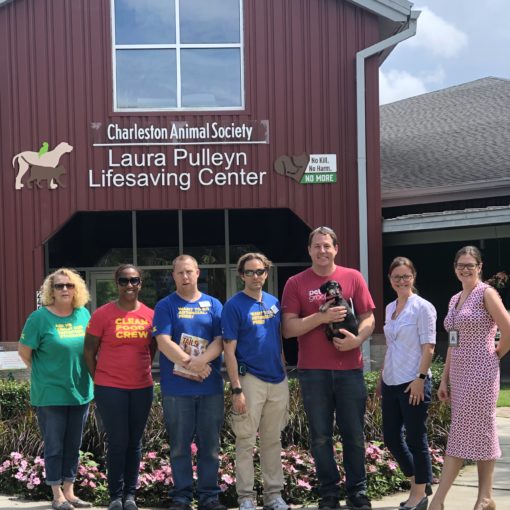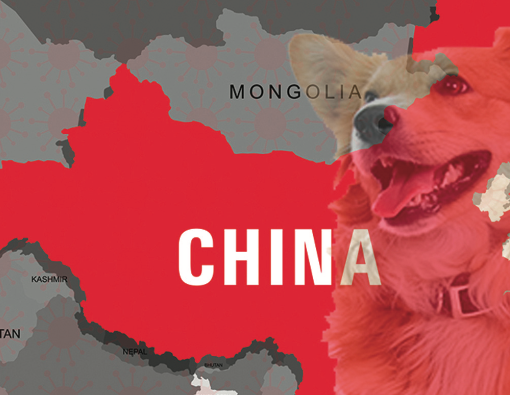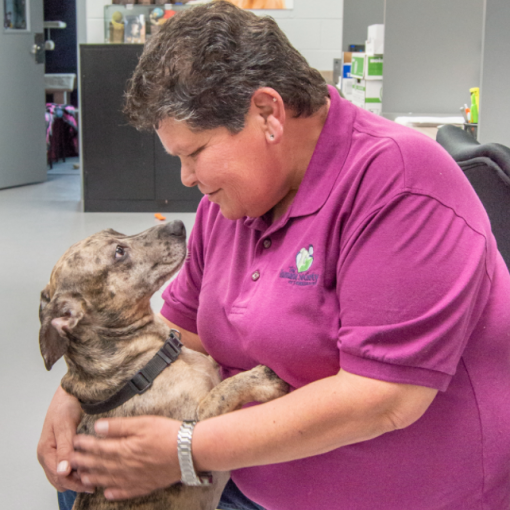By: Dan Krosse
Photography: Vince Musi
Vince Musi has traveled the globe in search of photographs to brighten the pages of National Geographic for more than two decades. But Sullivan’s Island is the place he’s called home since 2001. He decided to move his family there the day his son Hunter returned from the hospital in Washington, D.C. That day was September 11, 2001. As Musi was taking a photo of Hunter, the first of two planes crashed into the World Trade Center. Just 54 minutes later, one would nose-dive into the Pentagon, blocks away from Musi and his wife Callie’s apartment building. “We began to search and really think about what kind of parents we would be and what kind of life we wanted for Hunter, and we chose Sullivan’s Island,” Musi said.
His road to “Nat Geo” began as a sports photographer for the Pittsburgh Press, but Musi’s dream was to work for the National Geographic, the journalistic gold standard for photography. “It was always something I aspired to,” Musi said. “The [National Geographic] photographers made the photos I wanted to make and struggled to get published. I’d describe them as ‘one foot in the art world and one foot in the news world.’”
Making the Cover
After a few freelance gigs working on books for National Geographic, Musi got his first “real” assignment photographing the Shenandoah River. Twenty-five years later, the magazine keeps on calling. With 12 National Geographic covers under his belt, Musi explains that each is a time capsule of his existence, “Each story represents a year of your life.” Between the research, the travel and the waiting for just-the-right-moment—a photo assignment for National Geographic is incredibly immersive. But the man who’s gone underneath volcanoes, photographed the Arctic Circle and the ACE Basin here in the Lowcountry is humble when it comes to the “adventurer” label. “I look really good on paper. I’m much braver with a camera in my hands,” he said.
Musi is constantly surprised by the significance of National Geographic articles. “I get letters to this day from people because they learn something from an article that was published 20 years ago.” He said this kind of impact is the one thing he is most proud of as a photographer. “I’m not consciously out trying to save the world, but if I can get you to think about something, raise questions about something, be curious about something, then that is great.”
Getting the Shot
Carolina Tails asked Musi how he “got the shot” on some of his most incredible images. “Photographing animals is extremely challenging because I’m not trying to (humanize) them, but I’m trying to capture sneaky qualities that show their personality,” Musi explained.
“This is very much the kind of photo I like to make,” Musi said excitedly as he described getting this shot of a boy with his dog while doing a National Geographic piece on the ACE Basin in South Carolina. “They were hunting on Bear Island and as we were traveling, I had the guy stop the truck and I got in the back with J.D., his dog and other people. When I took this, we were flying down the road. There’s not a piece about this photograph I would change.”
Musi’s proudest National Geographic cover is one that never made the cover in the USA: “The pig on the couch is my favorite. Nat Geo USA would not use it, but the Brazilian Nat Geo did use it and I was very happy.” Daisy Mae, a Vietnamese potbelly pig, was photographed in St. Paul, Minnesota. Musi said getting into the minds of editors and their final decisions is something he has never been able to figure out.

“Azy is a gentle giant,” Musi told us of this 38-year-old orangutan that now lives in Indianapolis. Azy has been part of a collaborative effort between scientists and animals to explore cognition levels of different animals. “He can use a touch screen and is extraordinary,” Musi said. “Many times getting a shot takes days, but Azy’s took a morning. I caught this photograph in between his time on the touch screen.”
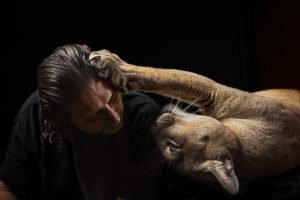
When National Geographic wanted a story on exotic pets, Musi was dispatched around the globe. “This cougar lived in the owner’s backyard in Florida and he is the only one who interacts with the cougar,” Musi said. To get the shot, Musi had to make a custom-sized cage. “We make cages all the time,” Musi said. “I don’t want to die and I don’t want to see the animal or person get hurt.” Musi explains that 90% of the time he spends on his job is spent solving problems that will lead to getting the shot. “This photograph took several days. It was pouring rain. I was sitting in the cage waiting for it to happen,” he said. “It was a very humbling experience.”
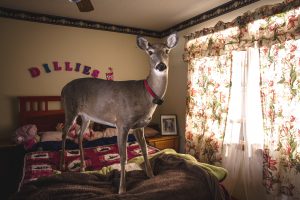
Yes, this is a picture of a deer on a bed. Her own bed. Dillie lives with a veterinarian who rescued her in Canal Fulton, Ohio. “Dillie is one of the greatest animals I’ve ever been around,” Musi gushed. “She’s just very affectionate and beautiful. I would never want to have a deer but I would want to spend more time around Dillie.” This special deer, who is nearly blind, has her own bedroom on the second floor of the veterinarian’s home. Musi said that everyday Dillie would walk downstairs and head outside, sometimes for a swim in the family pool. “Also, she loves to eat spaghetti and you can watch her on a 24-hour webcam in bedroom.” (www.DillieDeer.com)

